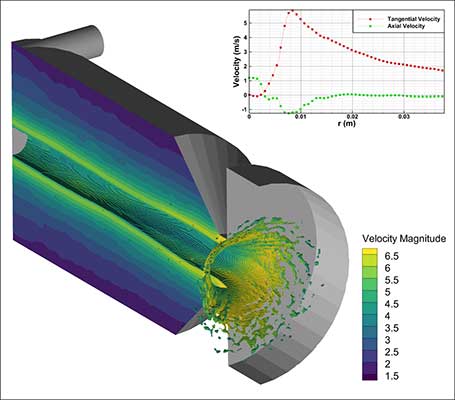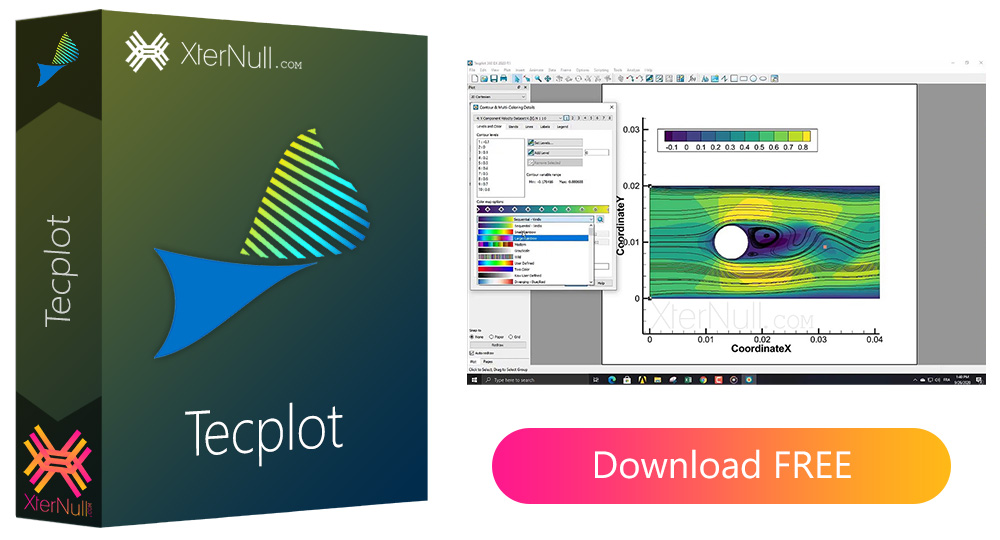

A visit to any site or page from our web site via these links is done entirely at your own risk. provides links to third party sites only as a convenience and the inclusion of such links on our site does not imply 's endorsement of either the site, the organization operating such site, or any products or services of that organization. Note: We try to keep all external and related links up-to-date, however we are not responsible for the content of any site linked, further links on sites linked, or any changes or updates to the the information found on these sites. Imported example dataset, as displayed in Visual MODFLOW Flex.File types | Find file converter | Software | Articles | FAQs | Privacy policy | About us | RSS TITLE = "Simple 3D-Volume Conductivity Data" A FORTRAN routine to write the data would look something like: Rows must be in ordered first by layer (K), then by row (J), and finally by column (I). Each row must contain single-space-delimited values corresponding to the variables specified in Item 2 above. Data block - includes the coordinates and data values. Note that only the POINT format is supported by FlexĤ. K is the number of columns along the Z-directionį is the data format. J is the number of rows along the Y-direction

I is the number of columns along the X-direction

ZONE - used to specify the indices of the IJK data and the format: VARIABLES - used to specify the data variables encoded in the IJK-Ordered input, values must be enclosed in quotes and separated by commas and the values must start with "X", "Y", "Z", followed by any number of spatially distributed data variablesģ. TITLE - used to specify a brief description of the dataset, must be enclosed in quotesĢ. Visual MODFLOW Flex supports the import of 3D-gridded data in the TecPlot ASCII IJK-Ordered data point format (*.dat).


 0 kommentar(er)
0 kommentar(er)
